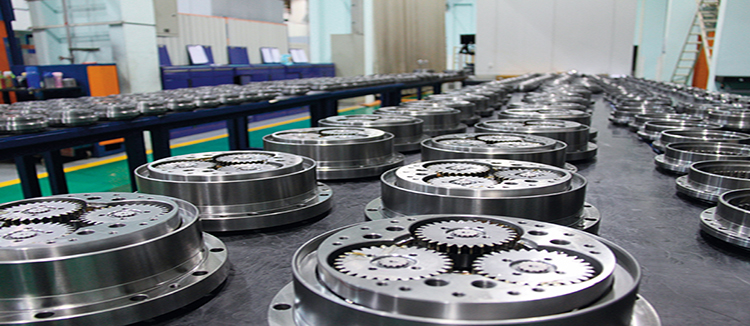The Evolution of Robots: From Industrial Automation to Everyday Life
Robots have been a part of human imagination for centuries, but their real-world applications have only become prominent in the past few decades. The term "robot" was first coined by Czech playwright Karel Capek in his 1920 play "R.U.R.", which stands for "Rossum's Universal Robots". Since then, the concept of robots has evolved significantly, and their presence has expanded from the realms of science fiction to practical applications in various industries and aspects of everyday life.
Today, robots are no longer just a futuristic concept but a reality that is transforming the way we live and work. They have become an integral part of industrial automation, where they perform repetitive tasks with precision and efficiency, reducing human error and increasing productivity. In this context, the role of robots in the manufacturing sector cannot be overstated. They are used in assembly lines, where they can assemble complex machinery with a level of accuracy that is unmatched by human workers.

Beyond the industrial sector, robots are also making their way into our homes and daily lives. Domestic robots, such as robotic vacuum cleaners and lawn mowers, have become increasingly popular due to their convenience and efficiency. These robots are designed to perform mundane tasks, freeing up time for individuals to focus on more important or enjoyable activities. The integration of robots into our personal lives is a testament to the advancements in technology and the growing acceptance of these machines as part of our daily routines.
Another area where robots are making a significant impact is in the field of healthcare. Surgical robots, for instance, have revolutionized the way surgeries are performed. They offer a higher degree of precision and control, which can lead to better patient outcomes. Additionally, robots are being used in elderly care, providing companionship and assistance to those who may require additional support. This use of robots highlights their potential to improve the quality of life for individuals across different age groups.
The development of robots has also opened up new possibilities in the field of education. Educational robots are designed to engage and educate children in a fun and interactive way. These robots can teach programming, coding, and other STEM-related skills, preparing the next generation for a future where technology plays an even more significant role. The use of robots in education not only enhances learning but also piques the interest of students in technology and engineering, potentially inspiring future innovators and creators.
As robots become more advanced, they are also being integrated into the world of entertainment. From robot musicians to robotic actors, the entertainment industry is exploring new ways to engage audiences with the help of these machines. The use of robots in this sector showcases their versatility and the potential for creativity when it comes to their application.
In conclusion, the evolution of robots has been remarkable, and their impact on society is profound. From industrial automation to everyday life, robots are becoming an increasingly common sight. As technology continues to advance, it is expected that the role of robots will only expand, bringing with it new opportunities and challenges. The future is undoubtedly one where humans and robots coexist and collaborate, shaping the world in ways we are only beginning to imagine.










